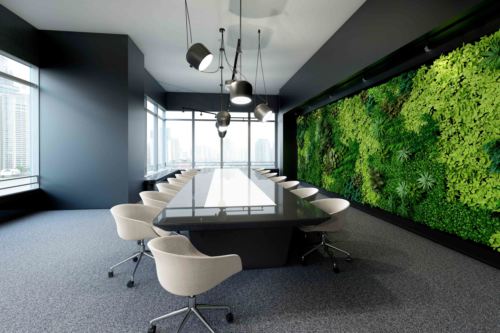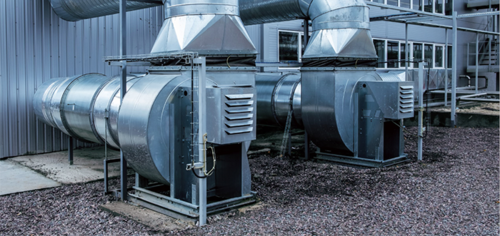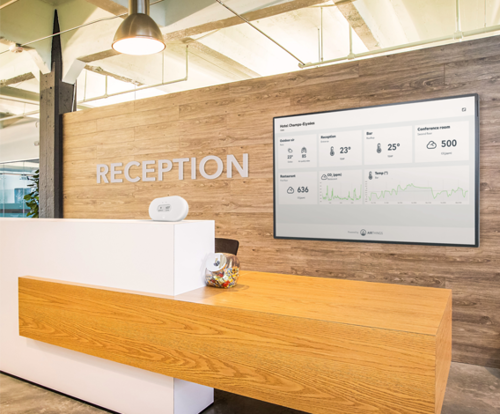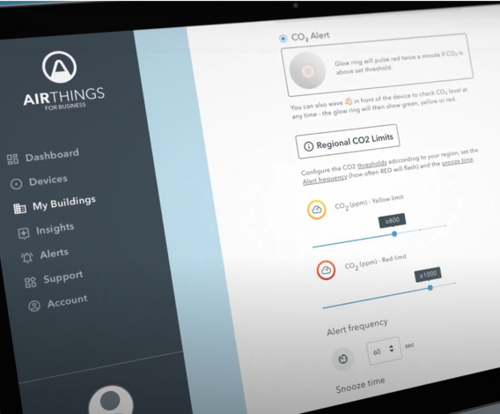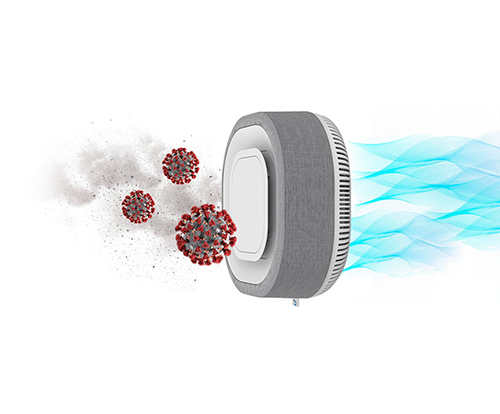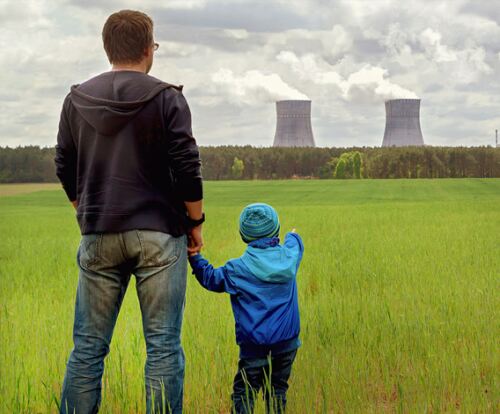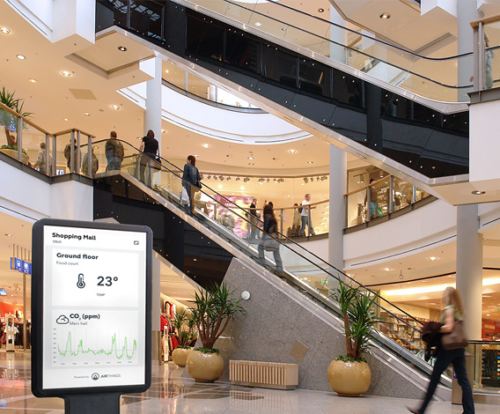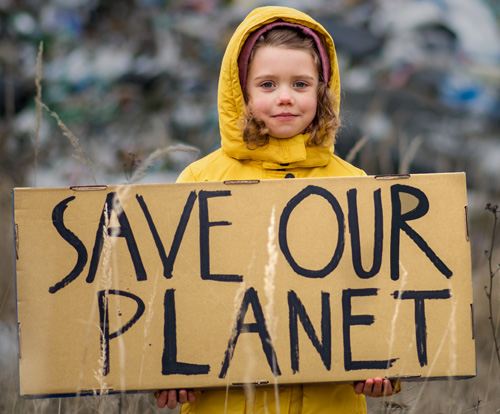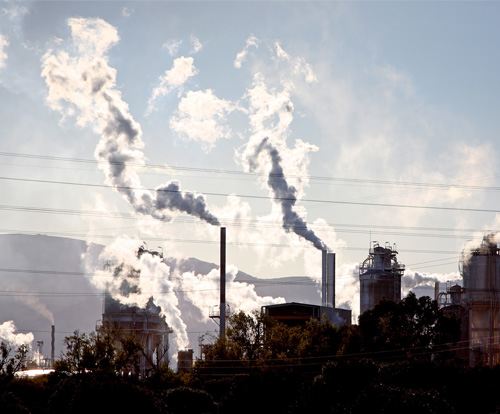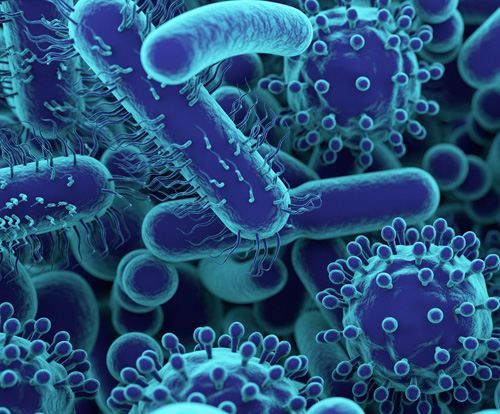
Transmission & Prevention
Some respiratory infections can be transmitted through the airborne pathway in which aerosol particles are released by infected individuals and inhaled by others, causing disease in susceptible individuals. It is widely accepted that viral and bacterial infections, including coronavirus, flu, measles, tuberculosis, and chickenpox are transmitted in this way.
Virus transmission risks are significantly greater in indoor spaces due to the spread of microscopic droplets or aerosols, which can remain suspended in the air for long periods of time.

When someone with Covid 19 or other airborne virus like seasonal flu or the common cold breathes, speaks, coughs or sneezes, they release tiny droplets and aerosols that contain the virus. Larger droplets fall quickly to the ground, however, aerosols containing the virus can remain suspended in the air. If someone breathes in these airborne virus particles, they too can become infected.
Some circumstances increase the risk of infection:
- Indoor spaces, particularly indoor environments where ventilation with outside air is inadequate
- Prolonged time of exposure (longer than a few minutes)
- High occupancy levels / crowded spaces
- Humidity, CO2 and temperature can all affect the virus transmission rate in indoor spaces along with high occupancy levels
- Poor ventilation
- Activities that increase emission of respiratory fluids, such as speaking loudly, singing, or exercising
“In an average size meeting room without adequate ventilation, three people can cause CO2 to reach a level that affects their cognitive function in just 45 minutes. And if one of those people are sick, it could take between five and 30 minutes for them to produce enough virus particles to contaminate the other two.”
So, in poorly ventilated rooms the amount of virus in the air can build up, increasing the risk of spreading Covid 19, especially if there are lots of infected people in the room. The virus can also remain in the air after an infected person has left the room. As workspaces tend to have high occupancy rates there is a higher than normal risk of the transmission of viruses, and for this reason, ventilation is crucial in the management of airborne disease. Monitoring CO2 levels can indicate high occupancy levels in a room and when ventilation is poor and needs to be increased.
Humidity can increase transmission
Recent research demonstrates that temperature, simulated sunlight (UVc), and humidity can all influence the decay of infectious Covid 19 in aerosols. When humidity levels are too low, it means indoor air is dry, and this can allow airborne microdroplets and bacteria to stay airborne longer and travel farther. Ideally humidity should be kept at between 40 and 60 percent to help prevent spread of viruses and the growth of mould on the fabric of the building.
The impact of temperature on virus transmission is intrinsically linked with humidity. When heating is turned up indoors humidity levels can drop and when they are too low, viruses stay viable for longer periods of time.
Sunlight (UV light) has a significant impact on the survival time for viruses and some air cleaning technology includes UV light to kill both bacteria and viruses.
A holistic approach to limiting the risk of virus transmission indoors should be taken, that includes:
- Increasing ventilation by bringing in outdoor air
- Air filtration – filters on mechanical ventilation systems and where mechanical ventilation is not available, the use of air cleaning technology
- The use of CO2 monitors to ensure the effectiveness of the above two points and to highlight when ventilation needs to be increased
- Social distancing and /or lower occupancy rates
- Wearing of face masks
- Regular surface cleaning, especially regularly used areas like door handles, stair rails, lift buttons and toilet flushes
- Routine handwashing
Latest Articles
The business risks emerging from the global COVID-19 pandemic
Read More >Why indoor spaces have a higher risk of virus transmission
Read More >Enhance HVAC performance, improve energy efficiency and reduce emissions
Read More >High absenteeism and reduced wellbeing
Read More >How does air quality affect your business
Read More >What the experts say
Read More >Risk indicators and monitoring
Read More >Ventilation and filtration
Read More >The History of Air Pollution
Read More >Ambient Air Pollution
Read More >Indoor air pollution & the indoor generation
Read More >Climate change and the climate emergency
Read More >What’s in the air we breathe outdoors?
Read More >What’s in the air we breathe indoors?
Read More >Other indoor biological pollutants
Read More >How air pollution affects our lives
Read More >